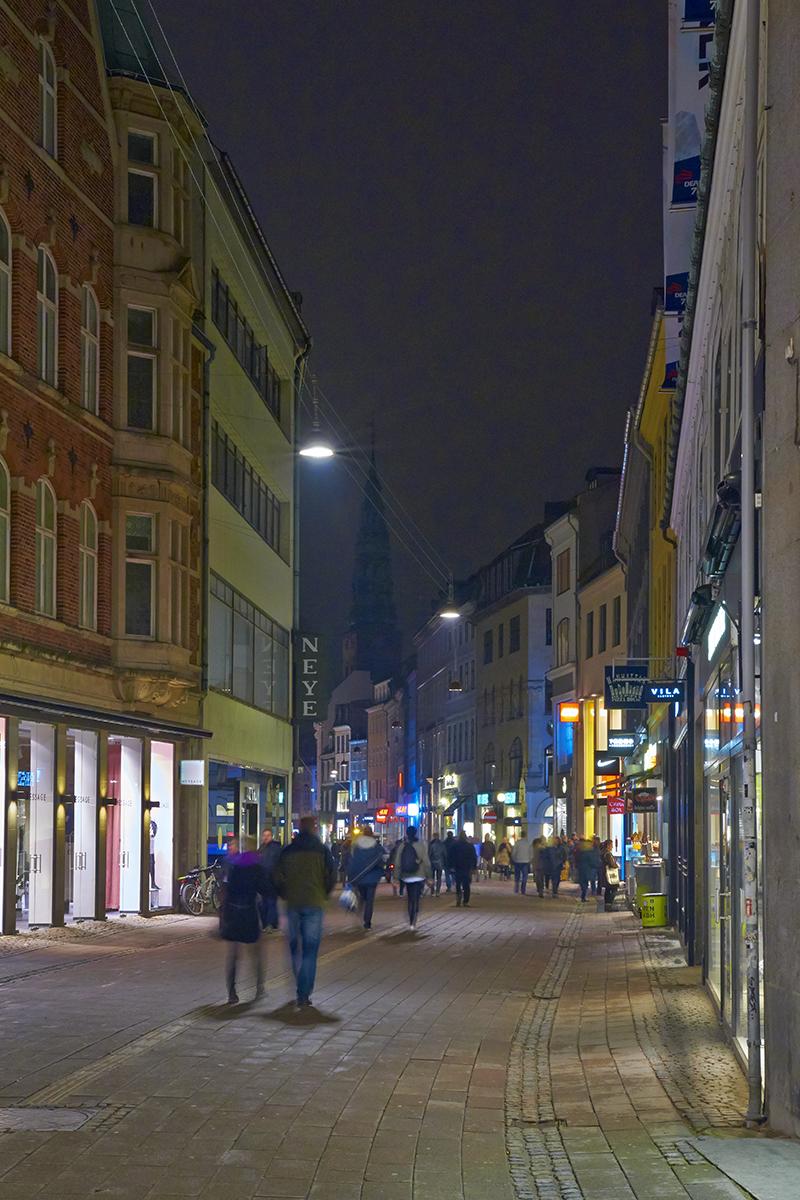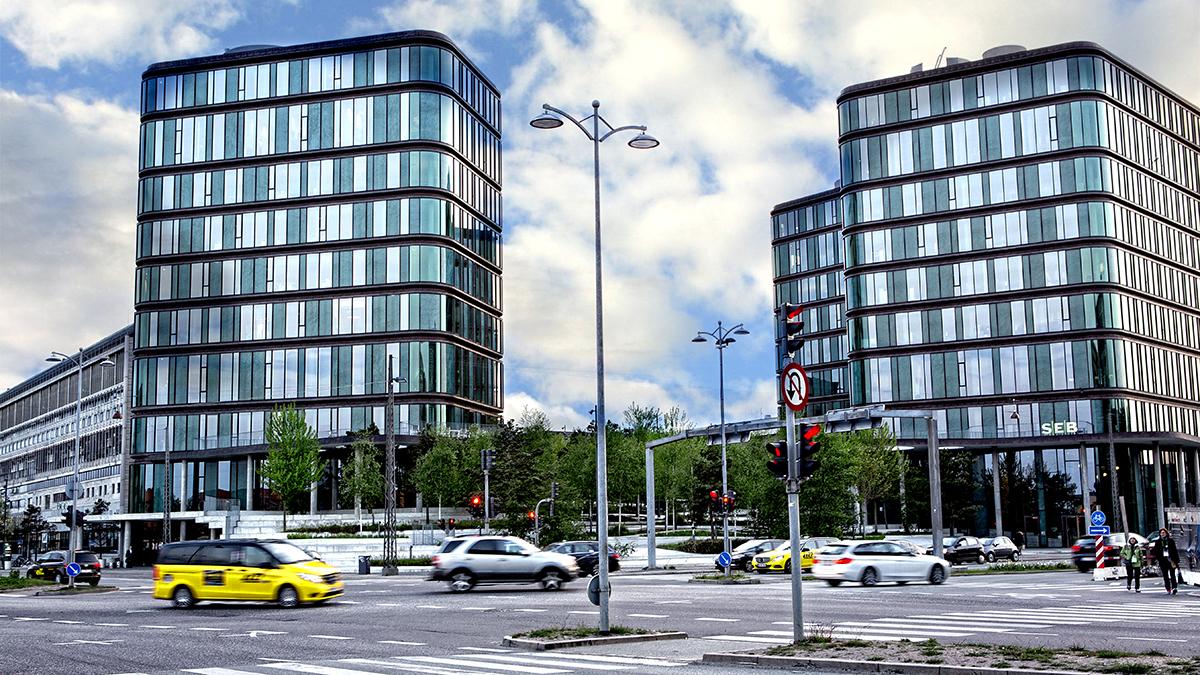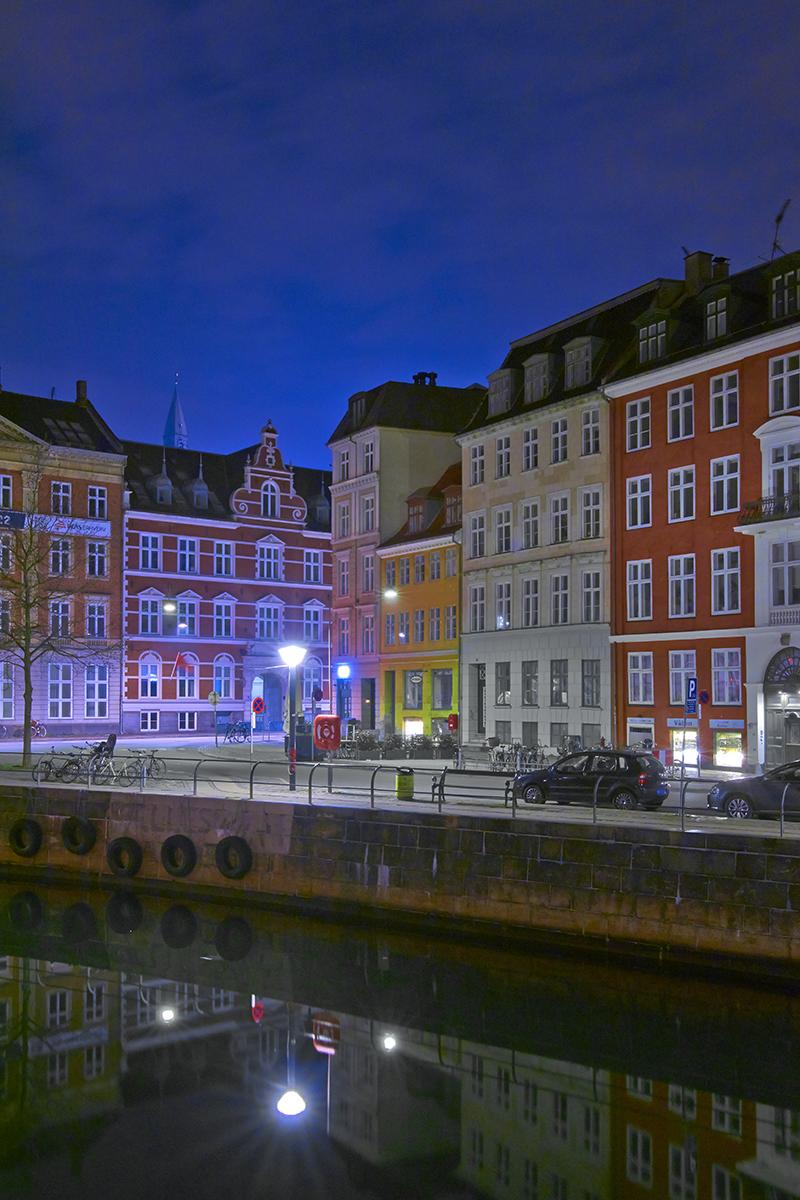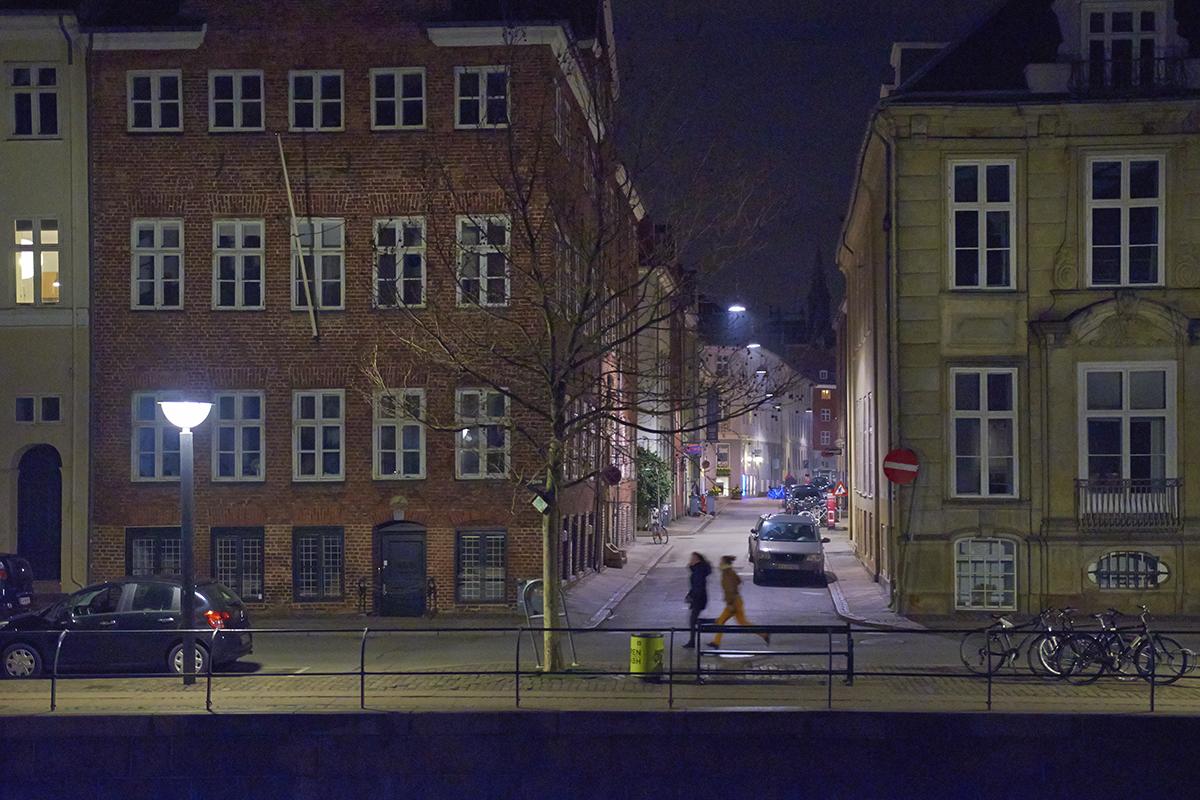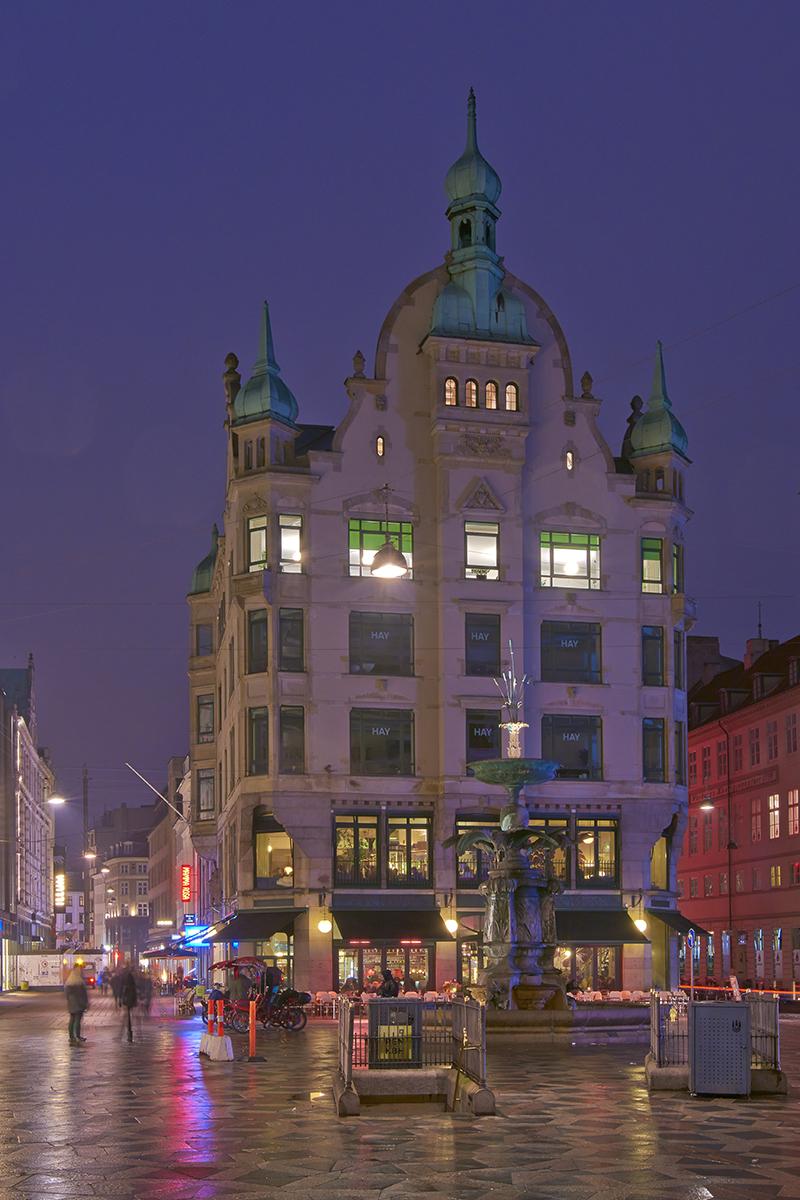Smart, sustainable and economical lighting in Copenhagen
Last modified by the author on 25/08/2020 - 12:07
- Year of commitment : 2017
- Address 1 - street : COPENHAGEN, Denmark
- CO2 Impact : 3,200 tons of CO2 emission reduction and 55% energy savings
- Green energies : Electricity
- Digital services : Data centers, Cloud data solutions, Mobility, Comfort, Safety
- Sustainable mobility : Pedestrian Mobility, Urban roads, Soft modes of transport, Bicycle path, Urban furniture
- Circular economy and waste management : Preservation of natural heritage, Optimization of ressources
- Biodiversity & Ecosystems : / Ecosystems preservation /
-
80 000 000 €
- Builder
Citelum
Carried out by Citelum, the EDF Group's intelligent lighting subsidiary and associated connected services, the renovation of Copenhagen's light points is the capital's largest public lighting project.
The work carried out is part of the city's desire to achieve carbon neutrality by 2025, in particular by reducing its energy expenditure, strengthening the security of its inhabitants, improving mobility and increasing its local identity and attractiveness?
In 3 years, 18,800 light points, half of Copenhagen's lighting fleet, have been replaced by LED lights. Citelum will maintain the lighting for the remaining 9 years of the contract (12 years in total) and will use its digital MUSE® platform to plan interventions, monitor equipment consumption levels and communicate quickly with the city's technical services.
The project also helped to set up a city-wide communication network to adjust lighting levels according to Copenhagen areas, traffic and identified needs.
For example, the intensity of lighting on roads has been increased to make users, especially pedestrians and cyclists, more visible.
In addition, the new lighting network offers many opportunities to connect new services in the future such as video protection cameras, noise and air quality sensors to further improve the safety and quality of life of citizens and further transform Copenhagen into a Smart City.
Progress Status
Delivered
Data Reliability
Self-declared
Website Enterprise / Infrastructure
https://www.citelum.comSustainable Development
- strengthen citizens' sense of security,
- secure and smooth travel,
- support the city's strong environmental commitments,
- increase activity in the city and strengthen local identity.
- On main roads, in addition to lighting roads according to current standards, lighting on bicycle paths and sidewalks has been increased compared to standards, a result that has already been widely supported by users. The same applies to lighting around schools and public institutions.
- On secondary roads, in residential areas and in villages, smaller lamps have been installed to create an impression of human-sized space and to signal to road users that they are travelling in a quieter urban area.
Testimony / Feedback
"Thanks to the new luminaires, the city of Copenhagen achieves an annual energy saving of more than 50%, which corresponds to the consumption of more than 4,500 households. It also means a significant reduction in our CO2 emissions. Our contract with Citelum supports our objective to be the first carbon-neutral capital in the world by 2025. The money we save can be invested in the future in creating the best city in the world. " says Ninna Hedeager Olsen, Mayor of Copenhagen for technology and the environment.
"De nye gadelamper giver Københavns Kommune en årlig energibesparelse på over 50 % svarende til forbruget i mere end 4500 københavnske husstande. Det betyder en væsentlig reduktion i vores CO2-udledning, og dermed understøtter aftalen med Citelum også vores mål om at være verdens første CO2-neutrale hovedstad i 2025.De penge vi fremadrettet sparer, kan vi i stedet investere i at skabe verdens bedste by at leve i", siger Københavns teknik- og miljøborgmester Ninna Hedeager Olsen.
Governance
Copenhague City (Københavns Kommune)
Local Authority
Citelum
Construction Industry
Sustainable Solutions
- Quality of life :
- Mobility :
- Economic development :
- Smart city :
- Resources :
- Energy/climate :
- Urban project governance
- Citizen participation
- Promotion of cultural/ historical identity
- Security
- Air quality
- Noise exposure
- Soft transportation
- Infrastructure
- Digital services
- Environmental charter
- Climate adaptation
- Urban Lighting
- Low-carbon materials/ infrastructure
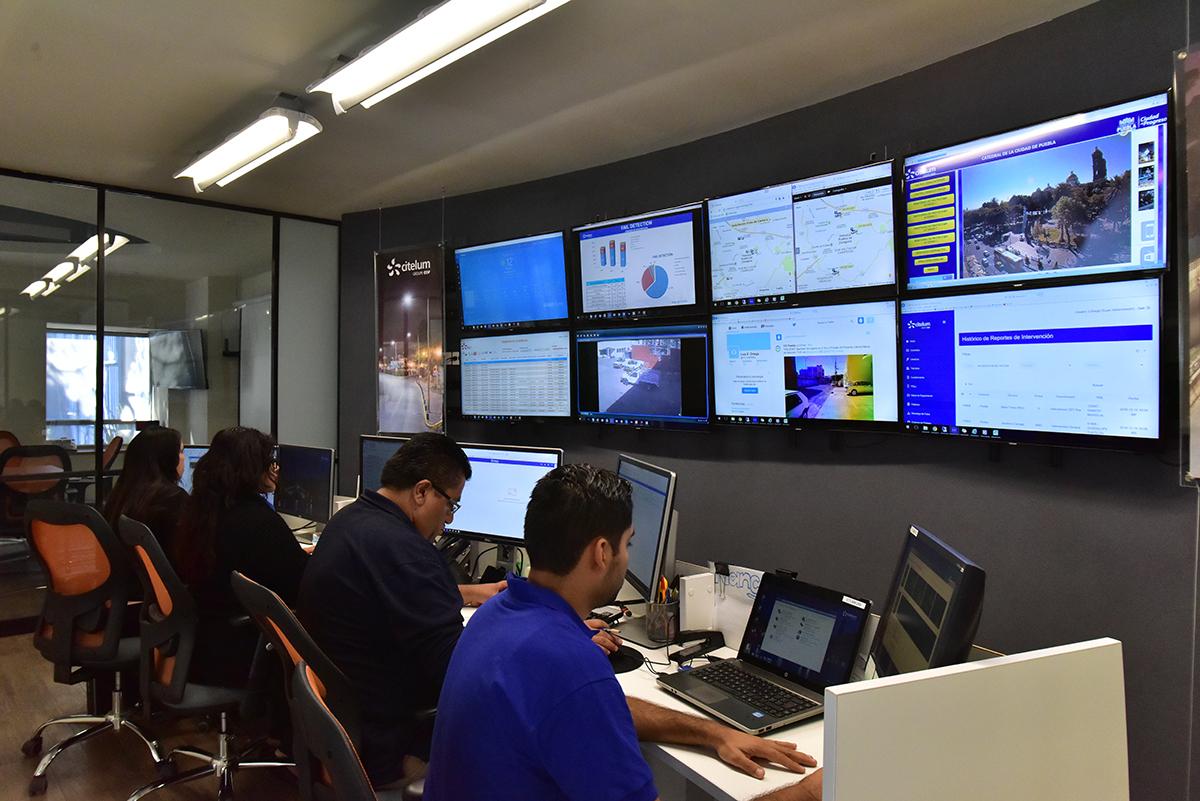
MUSE®
More than an optimized CMMS, MUSE® offers many benefits to effectively monitor and organize the urban heritage of cities.
On the MUSE® platform, all urban equipment is recorded with its history and geolocation.
This information is then used to define preventive maintenance rounds, plan renewals and manage malfunction problems.
In the case of the Copenhagen contract, the city services and Citelum teams are quickly alerted via the platform of potential failures and are thus able to quickly coordinate repairs and restart the equipment.
MUSE® is also used to monitor the consumption level of equipment. Using reliable reports and indicators, Copenhagen identifies sources of high consumption in order to take the necessary measures to reduce energy costs and conserve resources.
MUSE® has 2 500 users in 12 countries. 1.7 M of connected objects and equipment are hosted on the platform (light points, traffic lights, cameras, sensors...)
Reasons for participating in the competition(s)
18 800 points lumineux rénovés en LED
- 55% d'économies d'énergie par rapport à l’ancien éclairage
- 77% d’économies d’énergie sur les 18 800 points lumineux rénovés
- 3 200 tonnes de réduction d’émissions de CO2 par an par rapport à 2010
- Meilleure visibilité et sécurité des usagers de la voirie
- Maintenance optimisée avec MUSE®
- Respect de la vie nocturne et de la biodiversité
- Possibilité d’installer de nouveaux services connectés comme la vidéoprotection, des bornes de recharge de véhicules électriques, capteurs de bruit et de qualité de l’air…





